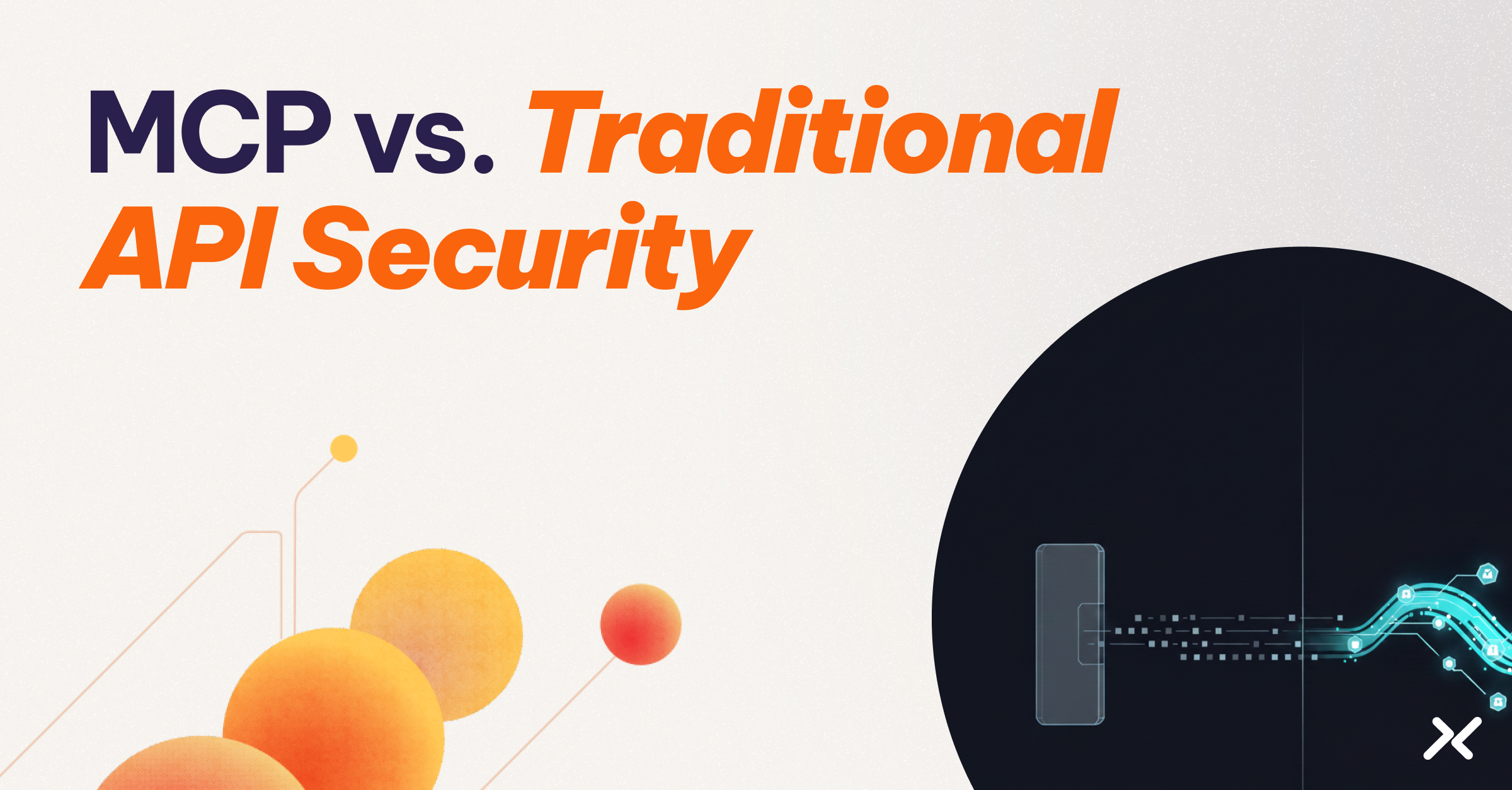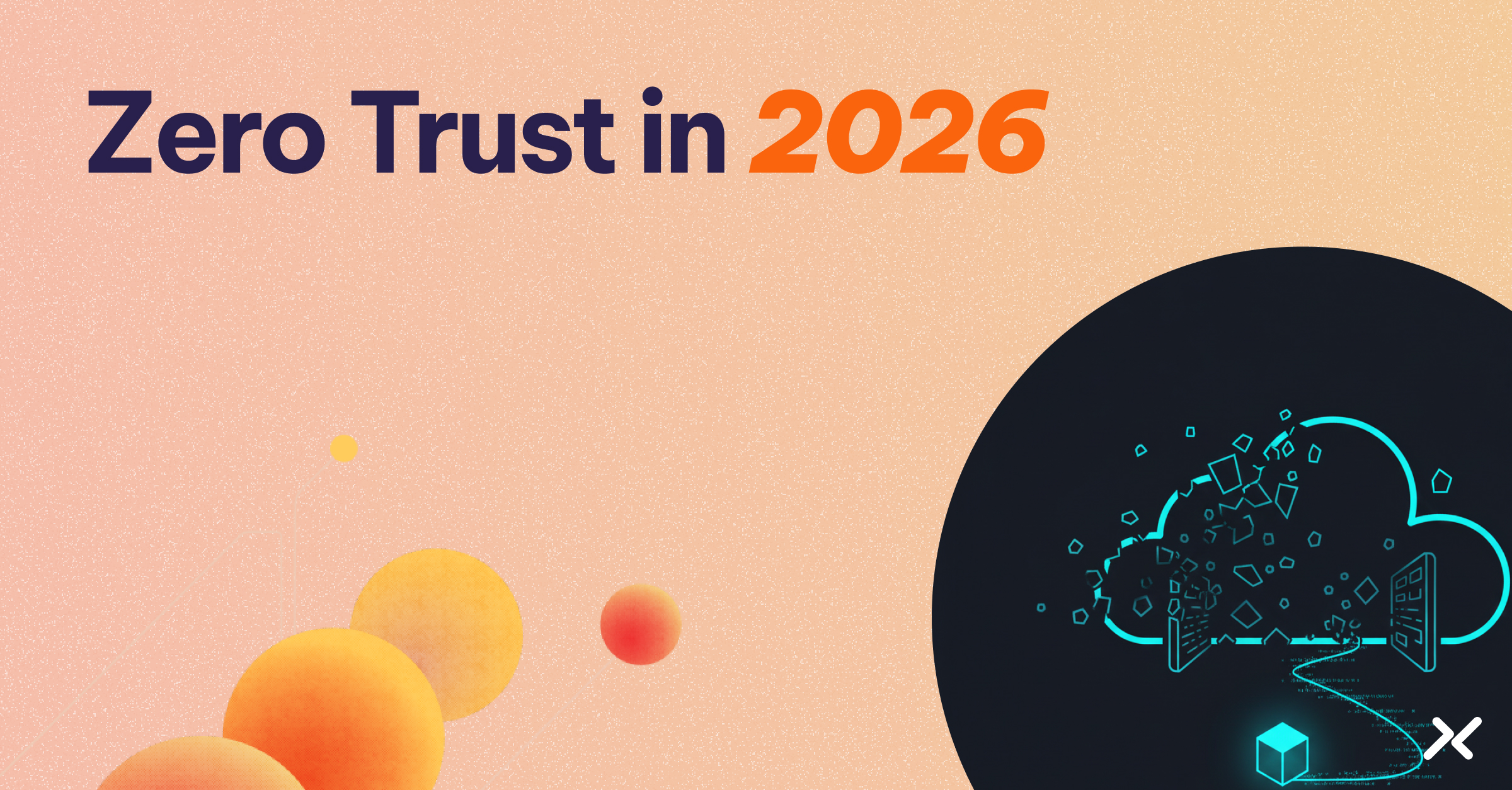Identity security used to be all about users. But that’s no longer the full story.
Today, applications talk to APIs. Scripts trigger cloud functions. AI models make outbound calls. And behind each of these actions is a non-human identity—a workload, service, or automated process that needs access to something else.
These entities now make up the majority of traffic in modern environments. Yet many of them remain unmanaged, unaudited, or misunderstood.
What’s changing is the mindset.
Security teams are shifting their focus from securing individual users to securing everything that acts on behalf of a user, especially when that “thing” is software.
This post highlights ten identity security trends reshaping how organizations think about access, automation, and control. From practical workload IAM to the growing influence of AI, each trend points toward a more secure and more scalable way to manage non-human access.
1) From Possibility to Practicality
For years, workload identity was a space full of theory and ambition. Vendors promised the ability to secure every machine, container, and cloud function. But in many cases, these promises weren’t backed by productized solutions.
That’s beginning to shift.
Today, the demand is practical. Teams are looking for ways to replace hardcoded secrets, secure service-to-service communication, and integrate with existing systems.
The takeaway is clear: buyers no longer want to hear what’s possible. They want to see what’s working. And if a product doesn’t help them solve workload identity today, they’re moving on.
2) Expanding Definitions of Workload Identity
Ask five vendors what “workload identity” means, and you’ll get five different answers.
Some focus strictly on service accounts. Others talk about workload IAM, workload federation, or service mesh.
Still others use broader terms like non-human identity or universal identity, merging user and workload access into a single model.
But here’s the reality: workload identity is no longer just about usernames and passwords. It now includes:
- API keys
- Long-lived and short-lived tokens
- OAuth and JWT
- x.509 certificates
- Username/password combos managed by secrets managers
This expansion is crucial. Securing only the identity while neglecting the access method leaves organizations vulnerable. A narrow approach to security overlooks critical attack surfaces and forces organizations to deploy multiple tools to address the full spectrum of identity types.
The leaders in this space are embracing a more holistic view, one that ties together authentication, access, and context across every form of machine identity.
3) Short-Lived Tokens Are Replacing Long-Lived Secrets
Static secrets were never meant to scale.
Long-lived API keys, hardcoded credentials, and shared service account tokens create sprawling attack surfaces. They’re difficult to rotate, hard to track, and nearly impossible to revoke cleanly across environments.
What’s gaining traction now is a shift toward short-lived, ephemeral tokens — credentials issued just in time, injected securely at runtime, and scoped to the minimum necessary access.
This shift isn’t just about better hygiene. It’s about fundamentally reducing the window of opportunity for credential misuse. If a token only lives for a few minutes, even a leaked secret has limited value.
Teams are increasingly investing in mechanisms that handle this securely and automatically: intercepting outbound requests, removing static secrets, and replacing them with time-bound tokens tied to identity and context.
4) Identity Governance Is Expanding to Cover Workloads
Most organizations have solid practices for managing user identities: provisioning, deprovisioning, access reviews, and audit logs.
But workload identities? Not so much.
Many tools today focus heavily on visibility. They surface which services are calling which endpoints and where secrets might be stored. But few offer full governance and administration — the ability to control the lifecycle of those identities, define access policies, and rotate credentials seamlessly.
That’s a gap, and teams are feeling it.
Governance isn’t just about passing an audit. It’s about making sure that every machine, job, and container has the right level of access—and that no stale or orphaned identities are left behind.
Vendors that focus only on logs or compliance are missing the bigger need. Organizations don’t just want to observe workload identity. They want to own it.
5) The Limits of Service Mesh-Only Approaches
Service mesh is often mentioned as a solution to workload identity, but in practice, it’s rarely the whole answer.
Most service mesh architectures are tightly scoped. They support a limited set of applications or environments. Adding new services often requires custom integrations, new connectors, or long wait times for technical alliances to be established.
Worse, many service mesh solutions depend heavily on professional services to get up and running. That complexity becomes a bottleneck, especially for teams that are building quickly or operating across multiple clouds.
The insight here is simple: service mesh works well in narrow, controlled environments, but breaks down when organizations need flexibility, speed, and broad integration. The future of workload identity can’t depend on a model that takes months to expand.
6) Deployment Flexibility Is the New Baseline
Modern infrastructure isn’t one-size-fits-all.
Applications live across VMs, Kubernetes pods, serverless environments like AWS Lambda, and edge deployments. Some workloads sit behind proxies. Others talk directly via APIs. Some use public cloud services. Others still rely on on-premise databases or internal tools.
What’s emerging is a clear demand: support any deployment, talk to any target, and avoid rewrites.
Teams want solutions that work with what they already have — whether that means deploying a proxy where possible or using API-level integrations when a proxy doesn’t fit. They want coverage across SaaS, public clouds, private clouds, and legacy systems.
It’s not about fitting into one environment. It’s about bridging all of them.
7) Migration Strategies Matter More Than Greenfield Perfection
Most teams aren’t starting from scratch. They already use secrets managers, have legacy services in production, and are running critical workloads built years ago.
So when they evaluate workload identity solutions, one question keeps coming up:
How do we migrate without breaking what works?
Forward-looking teams are solving this in stages. They’re enabling workload identity in new code while gradually phasing out legacy authentication in older systems. Some approaches include:
- Detect and pass through: Let legacy authentication flow through unchanged, for now.
- Detect and flag: Identify outdated patterns and automatically open tickets to fix them.
- Detect and substitute: Actively strip out credentials and inject secure, short-lived tokens in their place.
No one wants a rip-and-replace project. The winners in this space will offer graceful paths forward, not just ideal architectures.
8) Conditional Access for Workloads Is Gaining Ground
Identity alone isn’t enough. Context matters.
Just as user IAM has evolved to consider device posture, location, and time of access, the same ideas are now being applied to workloads.
Teams want to create policies like:
- Only allow this job to run from AWS us-east-2
- Only permit this API call during a scheduled window
- Block access if a workload isn’t running on a healthy, trusted host
They also want posture checks and multiactor attestation — ways to confirm that a service is really what it claims to be based on runtime metadata, pod details, or environmental signals.
This shift moves us from “who is making the call?” to “should this call be allowed, right now, under these conditions?”
It’s not just identity-aware. It’s context-aware.
9) Managed vs. Bring-Your-Own PKI Is a Real Decision
Public key infrastructure (PKI) isn’t going away, but how it’s managed is becoming a key differentiator.
Some enterprises want full control. They have internal PKI teams, established policies, and a strong preference for bring-your-own everything. Others want the opposite: “just handle it for us.”
Both models are valid. But vendors need to support:
- Private key storage
- Automated certificate rotation
- Fast revocation, especially in distributed, proxy-based environments
The trend here isn’t one-size-fits-all. It’s flexibility. Teams want the option to delegate PKI, or own it entirely, without sacrificing security or agility.
10) AI Is Already Reshaping Identity Security
AI is becoming part of the solution.
In the identity space, AI is already being used in practical, phased ways:
- Contextual help: Feeding knowledge bases and documentation into LLMs to deliver natural language assistance.
- Log analysis + policy recommendations: Parsing system activity to surface smart suggestions for access policies.
- Future-looking: Automatically generating and enforcing policies based on observed patterns.
Steps 1 and 2 are currently in progress. Step 3, autonomous policy generation, is still further out, but not science fiction.
As AI continues to grow, it will shape both sides of the identity equation: what we need to protect, and how we protect it.
Identity Is Expanding, So Must Your Strategy
The future of identity security is bigger than users.
Workloads, services, scripts, and AI systems are now part of every application, and they need access too. Securing these non-human actors requires more than just secrets rotation or audit logs. It calls for a shift in thinking: toward contextual access, dynamic credentials, and platform-native identity.
Across all ten trends, one theme is clear: teams need practical tools that work across environments, adapt to existing workflows, and help phase out brittle access patterns without disruption.
This isn’t about chasing a perfect architecture. It’s about building toward a more secure, flexible future, one connection at a time.
If you’re exploring how to simplify workload identity while enforcing consistent, policy-driven access, Aembit can help.
The Workload IAM Company
Manage Access, Not Secrets
Boost Productivity, Slash DevSecOps Time
No-Code, Centralized Access Management




